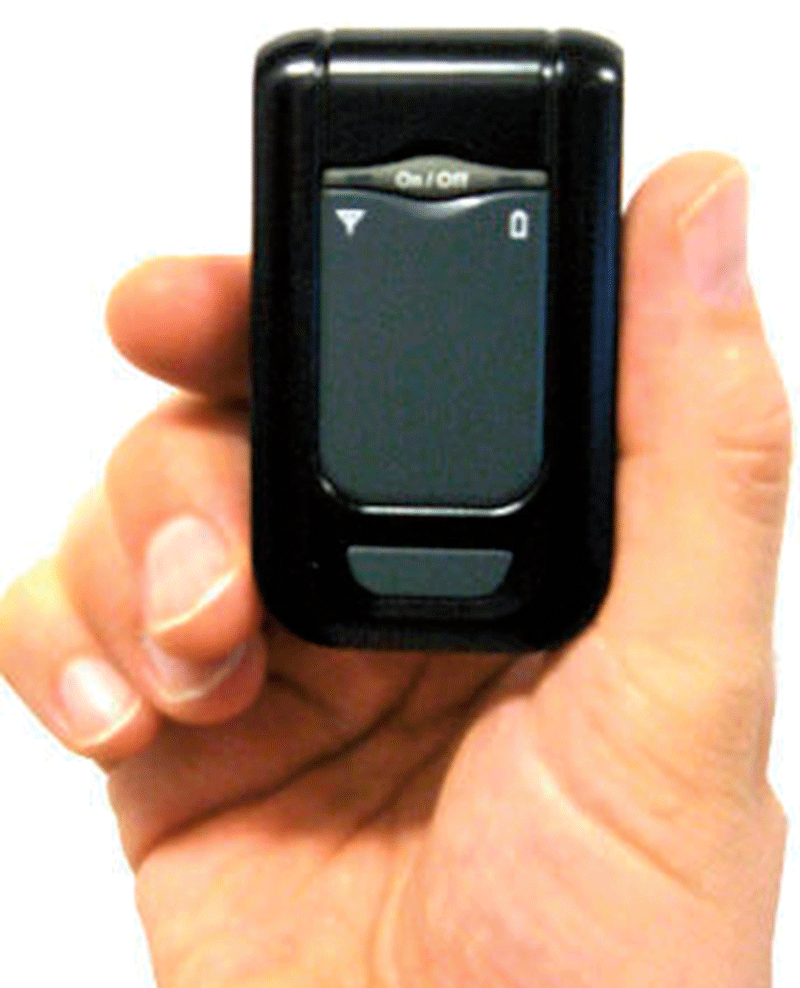Creating a Framework for Patient-Centered Medical Homes
Whether practices have gone through the National Committee for Quality Assurance’s (NCQA) rigorous process or have unofficially structured themselves as a medical home, the patient-centered medical home (PCMH) movement here in Massachusetts continues to expand.
The PCMH elements outlined in Chapter 224 — the state’s healthcare cost-containment law — and the goal of the state Executive Office of Health and Human Services are to have all primary-care practices in the state become patient-centered medical homes by 2015.
The PCMH movement has been focused on primary-care practices, but specialty practices are increasingly adopting the concept of the medical-home model as well. In order to accommodate this growing demand, the NCQA recently rolled out a patient-centered specialty-practice designation.
In talking with physicians and practice managers, I often encourage them to start by considering the following high-level framework:
• Do you have access to data? The ability to drill down and access patient-level, disease-specific data and to identify what your practice considers complex and high-risk patients is an important component of the medical-home model.
• What are your processes? Often practices have processes, but they may not be clearly outlined, documented, or well-communicated. Having your staff trained on reliable, consistent processes in place is key.
• How do you communicate? Communication can be considered a core-framework component of the PCMH model. It is extremely important to have communication among practice staff, between care providers both in the practice and externally, with patients, and with other support services and other healthcare institutions. Consistent communication on essential patient information with key stakeholders in a timely and consistent manner is critical.
• Do you engage your patients? Engaging patients is not just a buzzword in a PCMH model; it is a crucial element. Identifying how to engage your patients and mechanisms that work for your particular patient base will be required.
• Is your practice accessible? Appointment availability during office hours and the ability to reach a care provider during off hours is extremely important. Providing same-day appointments for patients who require them is a must-pass element in the NCQA’s criteria. You may want to start with reviewing your data, determining where you currently stand, and working on necessary improvements in access.
While it is important to note that implementing a medical-home model calls for attention to numerous requirements with a considerable level of detail, reflecting upon where your practice stands in relation to this high-level framework is a great first step in considering what elements you may already have in place and what elements may need to be implemented.
Kerry Ann Hayon is manager of the Mass. Medical Society’s (MMS) Physician Practice Resource Center. This article first appeared in Vital Signs, an MMS publication.



Comments are closed.